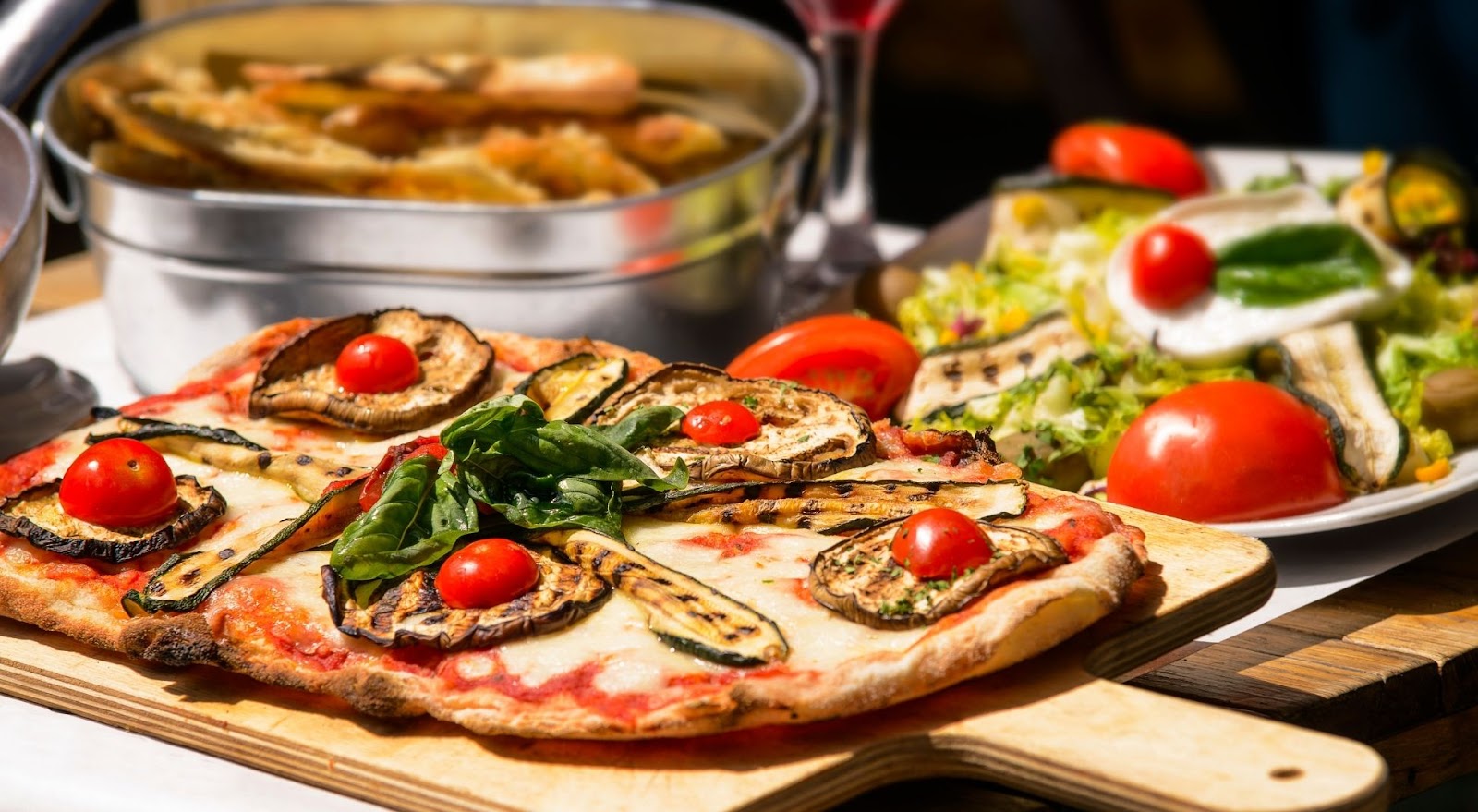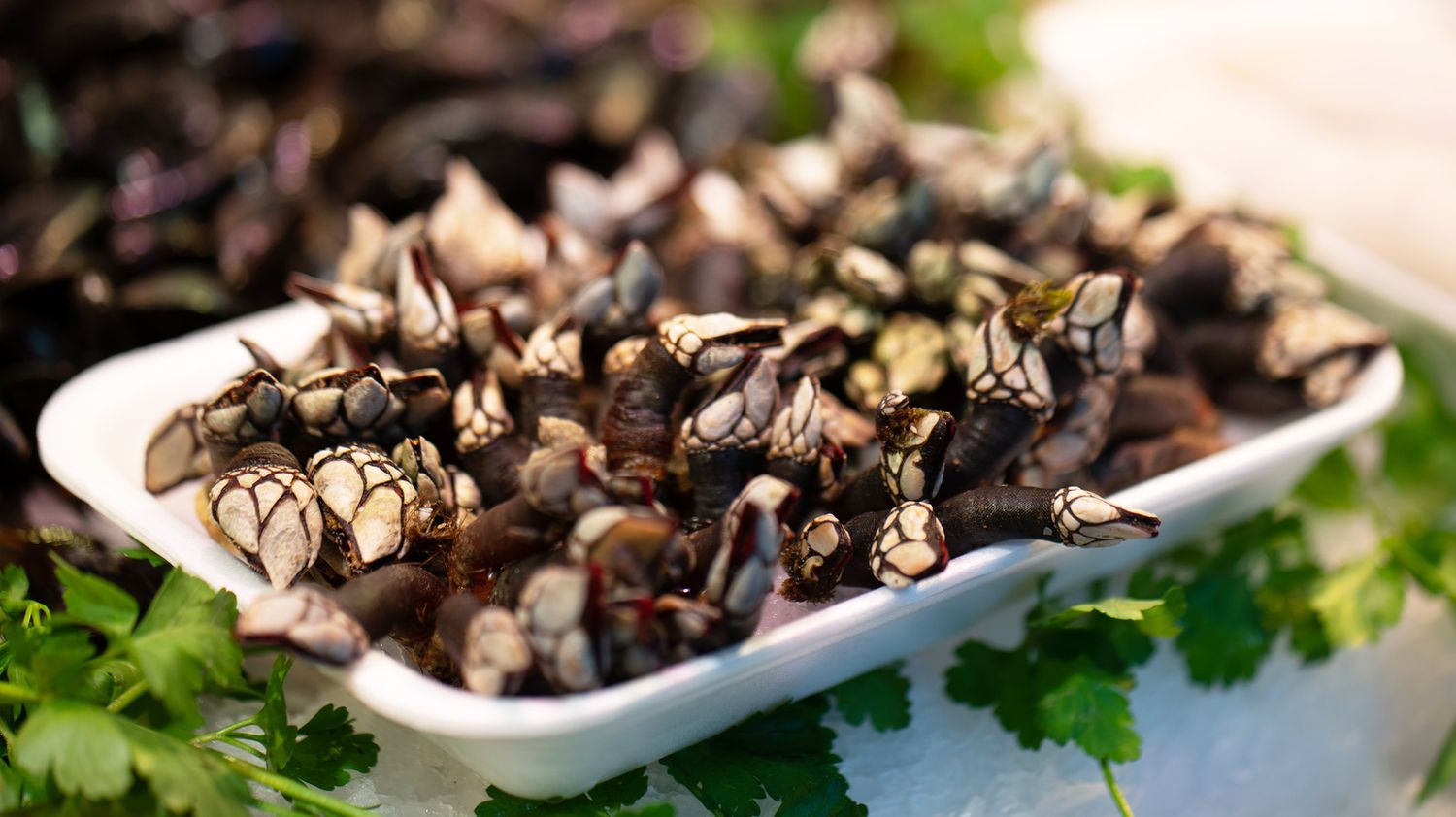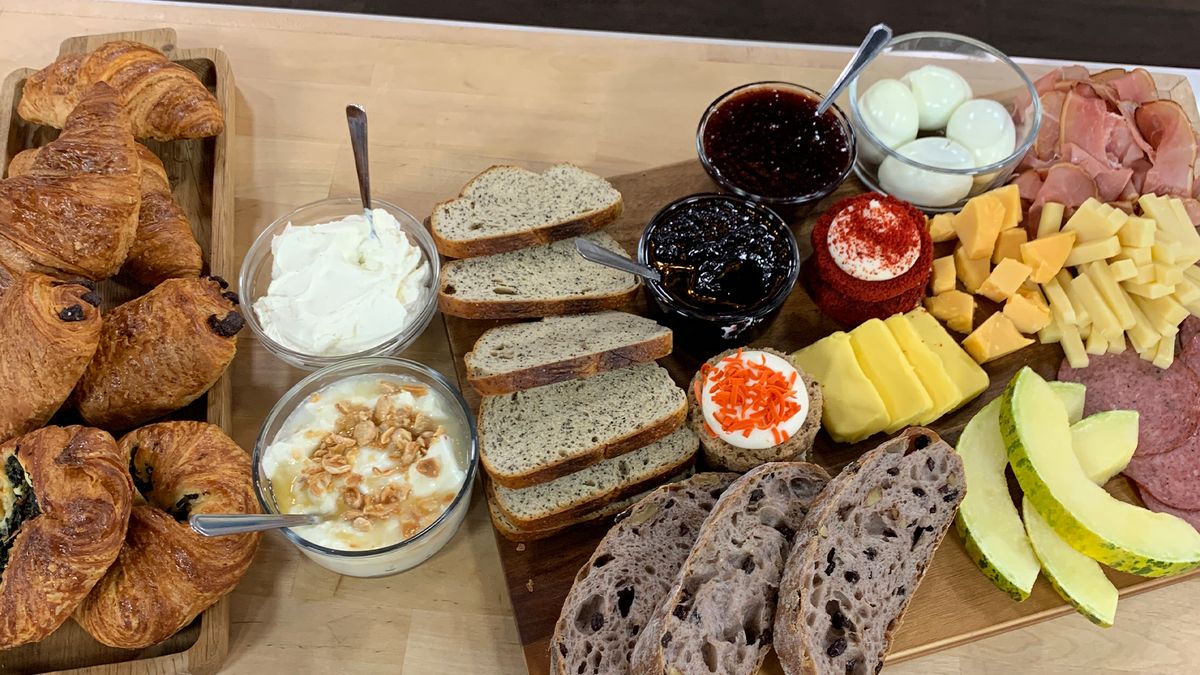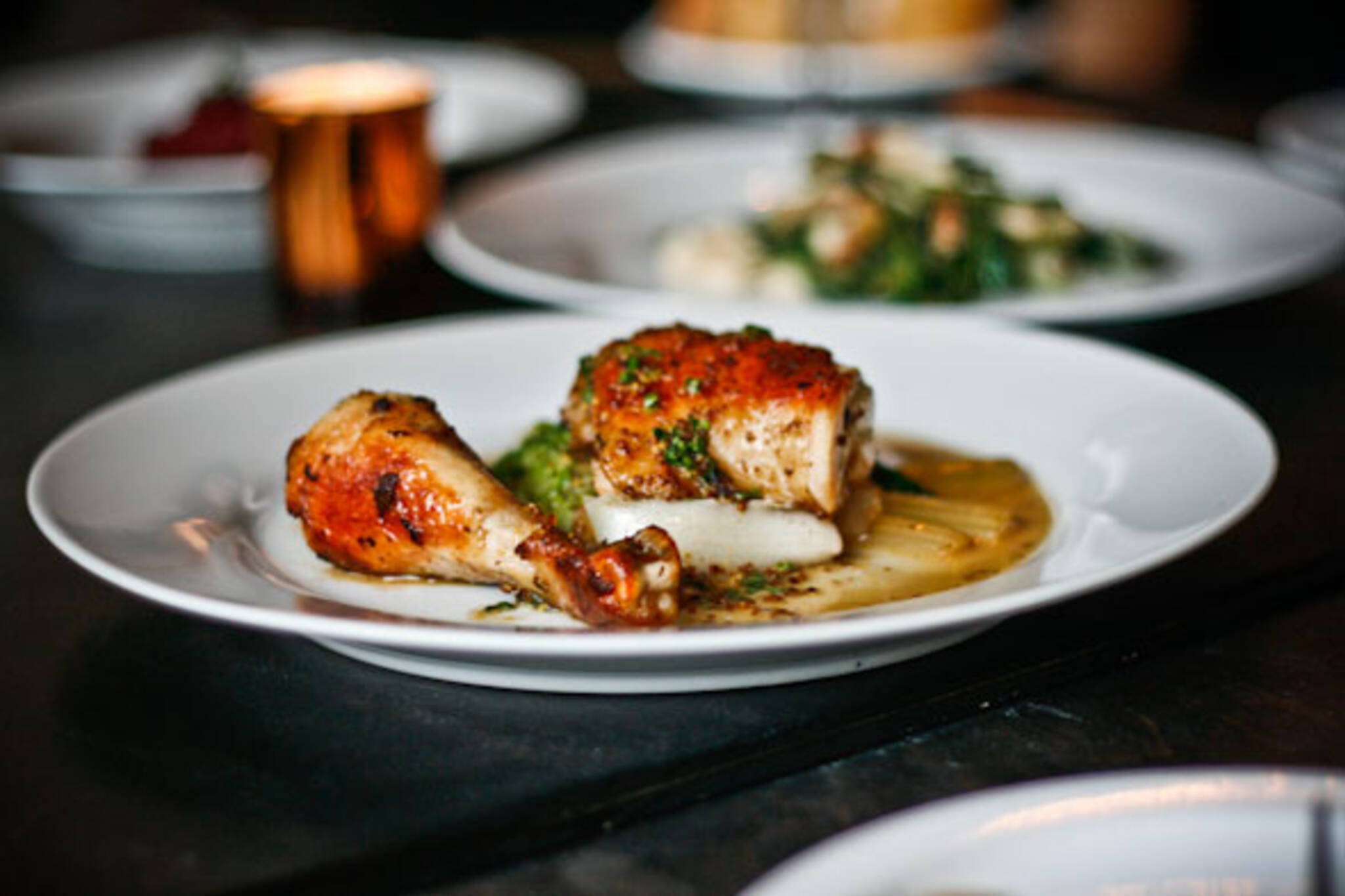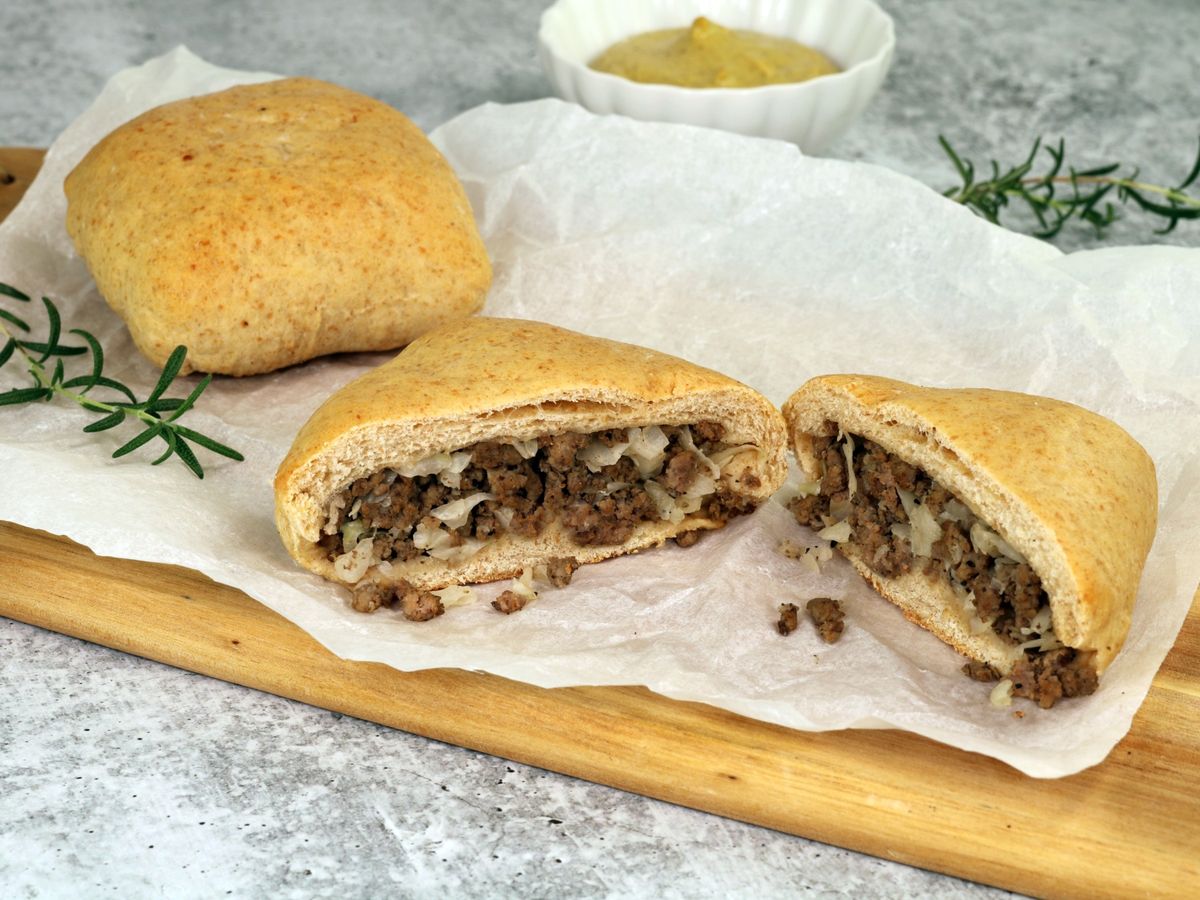Exploring European Cuisine: A Guide to Eating in Europe
Europe is a continent known for its rich history, stunning architecture, and diverse cultures. But one of the most exciting aspects of visiting Europe is the opportunity to indulge in its delicious and varied cuisine. From savory pastas in Italy to hearty sausages in Germany, there is no shortage of delectable dishes to savor. If you’re planning a trip to Europe and want to make the most of your culinary experience, here are some tips on how to eat like a local and fully enjoy the flavors of Europe.
Embrace the Local Cuisine
When dining in Europe, it’s essential to embrace the local cuisine. Each country has its own unique dishes and flavors that are deeply rooted in its culture and traditions. Whether you’re in France, Spain, or Greece, be sure to sample the traditional dishes that each region is known for. From paella in Spain to moussaka in Greece, indulging in local specialties is a fantastic way to immerse yourself in the culinary traditions of each country.
Visit Local Markets and Food Festivals
One of the best ways to experience the vibrant food culture of Europe is by visiting local markets and food festivals. These bustling hubs are filled with an array of fresh produce, local delicacies, and artisanal products. Wander through the stalls, sample different foods, and interact with the friendly vendors. You’ll gain insight into the local ingredients and culinary traditions while enjoying a truly authentic experience.
Adapt to Dining Customs
European dining customs may differ from what you’re accustomed to, so it’s important to adapt to local practices. In some countries, such as Italy and Spain, dinner is served later in the evening compared to other parts of the world. Additionally, it’s common to linger over meals and enjoy multiple courses, so be prepared to savor your dining experience and take your time. Embracing these customs will enhance your overall enjoyment of European dining.
Explore Street Food and Snacks
While indulging in sit-down meals is a wonderful way to experience European cuisine, don’t overlook the delights of street food and snacks. From savory crepes in France to delectable pastries in Austria, European street food offers a convenient and tasty way to sample local flavors on the go. Whether you’re exploring a bustling city or strolling through a charming village, keep an eye out for street vendors and small eateries offering delicious bites to eat.
Be Open to New Flavors
One of the most exciting aspects of dining in Europe is the opportunity to taste new and unfamiliar flavors. Be open to trying dishes that may be outside of your comfort zone. Whether it’s a pungent cheese in Switzerland or a unique seafood dish in Portugal, embracing new flavors is an essential part of the culinary adventure. You may discover a new favorite dish or ingredient that you never knew you loved.
Seek Out Authentic Dining Experiences
For an authentic and memorable dining experience, seek out restaurants and eateries that are frequented by locals. These establishments often offer the most genuine and traditional dishes, prepared with care and expertise. Engaging with locals and seeking their recommendations can lead you to hidden culinary gems that may not be found in guidebooks. By dining where the locals do, you’ll gain a deeper appreciation for the regional cuisine.
Conclusion
Exploring the culinary landscape of Europe is a delightful adventure that offers a feast for the senses. By embracing local cuisine, visiting markets and food festivals, adapting to dining customs, exploring street food, being open to new flavors, and seeking out authentic dining experiences, you can fully immerse yourself in the diverse and delectable world of European cuisine. So, as you plan your European adventure, be sure to savor every bite and embrace the rich flavors that this captivating continent has to offer.
